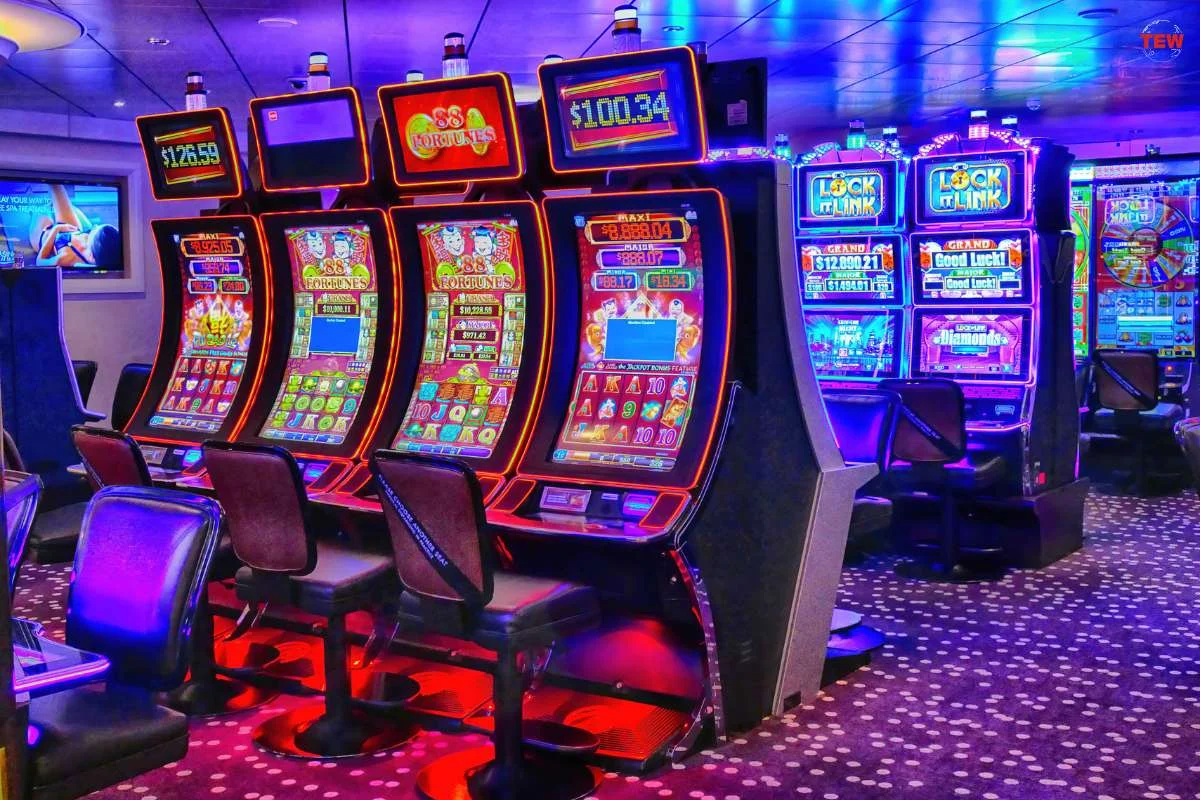Slot Machine Culture

Slot machines have long been an example of resistance to social restrictions and resilience under duress. Their journey has been one of remarkable innovation and perseverance.
Today’s video slots provide immersive experiences that transport players through ancient Egyptian tombs to space explorations. Their development requires collaboration among talented artists and designers.
Origins
Slot machines are gambling devices that accept tokens or coins as payment and provide winnings based on combinations of symbols such as stars, card suits, bars (seven is considered particularly lucky), fruits and other pictures.
Charles Fey of San Francisco created the world’s first slot machine in 1894/95; his “Liberty Bell” used three spinning reels and featured bell-shaped spades, hearts, diamonds, horseshoes, and more.
In 1907, Chicago manufacturer Herbert Mills unveiled his Operator Bell machine, an adaption of Fey’s Liberty Bell that automatically distributed winnings rather than through coin tray. These machines featured popular symbols like fruit and bar logos which originated as logos for chewing gum companies.
Development
As the 1960s gave way to disco music of the 70s, world culture found itself on the verge of an unprecedented technological transformation. Computers quickly became household fixtures and the digital era began its global reinvention of industries across industries worldwide.
This period marked an important transformation in slot machines, as they began incorporating more creativity and narrative themes. Furthermore, multiple-coin games were introduced, which allowed players to win larger payouts depending on the amount they bet; progressive jackpots also became increasingly common at this time.
Design
Slot designers use various elements to craft engaging video games. For instance, they employ vivid hues to lure gamblers in and draw attention to specific parts of the game, as well as popular movie or TV show themes so as to attract those who love these franchises.
Studies have suggested that slot machine design may contribute to addictive behavior; however, other researchers believe this to be oversimplification of the problem. They assert that gambling addiction involves numerous components including genetics, environment and personal history and thus it is difficult to pinpoint one machine design for dangerous behavior.
Aesthetics
Aesthetics play an essential part of slot machine design, creating immersive experiences that engage and excite players. Over the years, slot machine art has continued to develop with technological and aesthetic trends.
Modern slots feature elaborate graphics that capture players and create engaging narratives, as well as immersive audio that heightens player immersion and increases engagement. Color is another integral component of slot machine aesthetics – different hues can trigger different emotions or feelings within us; game developers therefore carefully select their palette when designing slot machines.
Pop culture themes have long been a favorite in slot machines, providing them with the means to appeal to a broad audience and capture players’ interests. For instance, slots based around movies or television series may incorporate iconic imagery or characters that resonate with players.
Themes
Selecting a theme for a slot game requires careful thought and creativity from manufacturers, who must find ways to appeal to a diverse group of players with differing tastes and interests. This often means tapping into popular culture from various countries while adding in cultural aspects that are instantly recognizable and relatable.
Many themes offer players a glimpse back into historical moments, while others feature mythological tales about gods and heroes. Some even bring players into the realms of blockbuster movies and television shows!
Other games feature more traditional themes, like those featuring sakura blossoms or dragons. There are even slots that capture the serenity of Eastern cultures with images like red lanterns and golden coins.
Regulations
Machine payout percentages are set during manufacturing. To change them requires physically replacing EPROM or firmware chips – an expensive and time-consuming task.
Multiple-coin games became immensely popular during the 1960s, enabling players to select how many coins they wanted to spend at once and introducing progressive jackpots for added excitement.
Schull proposes tightening video game gambling regulations without banning them outright; rather, she suggests regulating how long players can play to help lessen any addictive effects of video gaming. Casino operatorss, on the other hand, fear customers can detect increases in price for their machines – something she suggests may help mitigate some negative side-effects of increased video gaming addiction.







